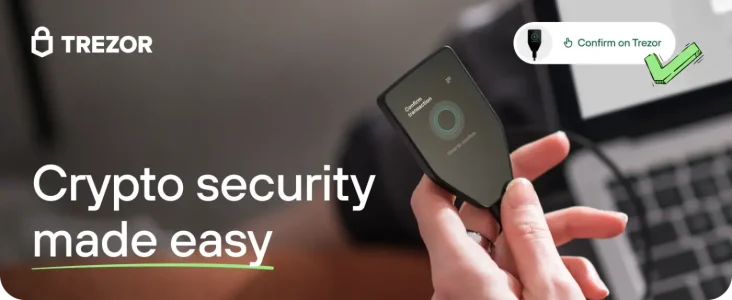Blockchain on-chain data indicates a notable shift in behavior among sophisticated XRP holders: rather than simply waiting for optimistic price targets, many are redeploying gains into a new staking opportunity. Layer Brett — currently promoting exceptionally high staking yields — has drawn significant interest, with presale funding exceeding $3.78 million and advertised APYs in the mid-to-high 600s (reports cite figures around 675%–689%).
Why investors are reallocating: institutional momentum meets yield hunting. XRP’s recent run-up has been reinforced by institutional and market infrastructure developments that make the token an attractive base for portfolio moves. A partnership between Ripple and BBVA operating under MiCA compliance signals growing bank-level engagement with blockchain technology.
- Market access expansion: the first U.S. XRP ETF launched on September 18.
- Derivatives availability: CME options on XRP futures began trading on October 13.
- Price context: XRP trading around $2.75–$2.77 with analysts eyeing a $3.70 target, making many holders view the token as a relatively stable foundation for higher-risk DeFi moves.
For investors who prefer active yield generation over passive price appreciation, staking into a protocol offering several hundred percent APY can look more immediately productive than waiting for XRP to hit long-term price targets. The presale traction — more than $3.78M raised — demonstrates real market appetite, and on-chain flows suggest capital is moving from XRP positions into Layer Brett staking contracts.
High APYs and rapid presale raises carry elevated risks. Extremely high yields can reflect token emission schedules, validator incentives, or leveraged products that may be unsustainable long-term. Regulatory clarity that has helped XRP (MiCA-aligned partnerships, ETF and futures products) has not uniformly extended to new staking platforms, and investors should weigh smart-contract, market, and compliance risks alongside potential returns.
- Emission & incentive risk: outsized APYs often stem from aggressive token distribution or short-term validator rewards.
- Smart-contract risk: new staking platforms may carry undiscovered vulnerabilities.
- Regulatory risk: MiCA-aligned developments for XRP do not guarantee similar treatment for Layer Brett or its staking mechanisms.
Bottom line: XRP’s institutional progress and improved access are creating a base for strategic diversification. For some investors, redeploying XRP gains into Layer Brett’s outsized staking rewards is an attractive, if riskier, way to pursue growth. As always, balancing yield-seeking with careful risk assessment remains essential in today’s fast-moving crypto and DeFi environment.





